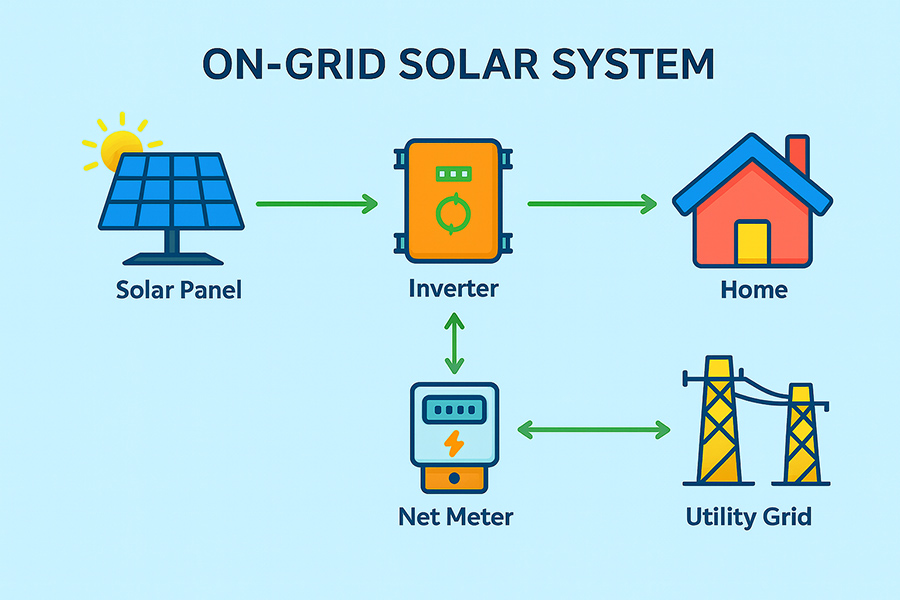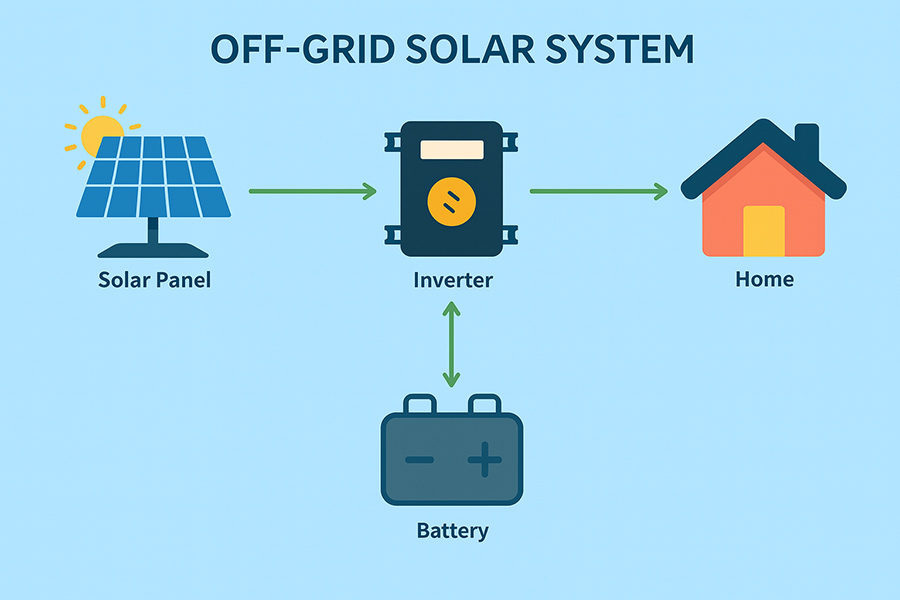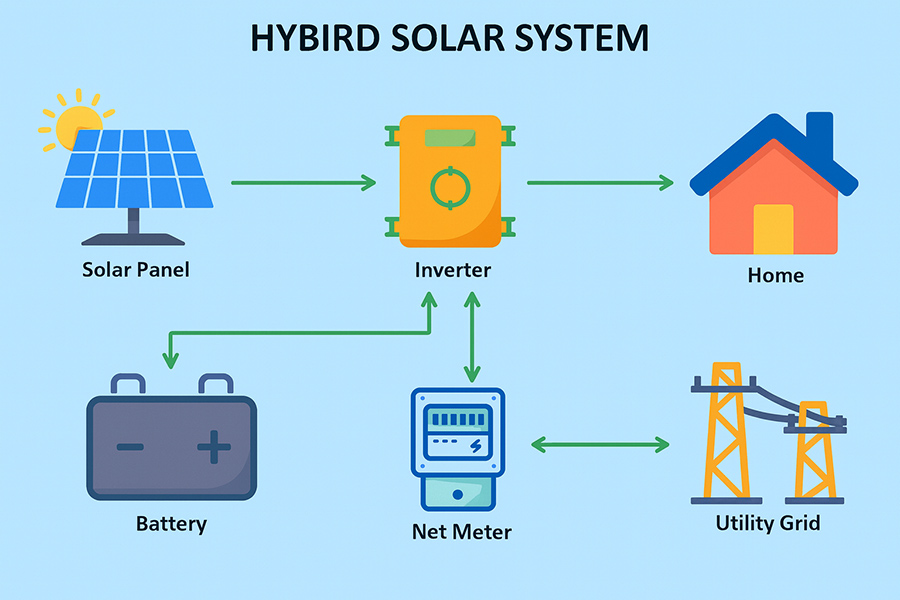Smart Energy for Smarter Homes
A Residential Solar System is a clean, reliable rooftop solution that reduces grid dependence and monthly electricity bills by converting sunlight into power for everyday appliances. Built with high-efficiency mono-PERC or bifacial panels and smart inverters, it comes in on-grid, off-grid, and hybrid options supporting net-metering and battery backup. With a 25+ year lifespan, minimal maintenance, and eligibility for government subsidies like the PM Surya Ghar: Muft Bijli Yojana, it offers long-term savings, uninterrupted power, and a sustainable, eco-friendly lifestyle for homes of all sizes.
Why Go Solar?
Massive Electricity Savings
Many homeowners report savings of up to 90% on their electricity bills.
Generous Government Subsidies
Under PM Surya Ghar Muft BijliYojana - 30,000 for 1 kW systems, ₹60,000 for 2 kW system and ₹78,000 for 3 kW and above.
Fast Payback & High ROI
ROI is impressive—with payback typically in 3–6 years, after which your energy is nearly free.
Reliable Power, Anytime
Generate your own electricity—even during outages—and, with battery storage, stay powered 24/7.
Low Maintenance & Long Lifespan
Systems typically last 20–25 years with minimal upkeep—just periodic cleaning and checks.
Environmental Impact
Reduce reliance on fossil fuels and cut carbon emissions—saving money and the planet.
How It works?
Free Home Evaluation
We assess your rooftop, energy use, and apply for eligible subsidies.
Custom System Design
Our experts devise a solution optimized for performance and budget.
Professional Installation & Commissioning
Quick, clean installation by certified teams without disrupting your routine.
Hassle-Free Subsidy Processing
We guide you through subsidy application under PM Surya Ghar and relevant state schemes.
Subsidies & Incentives
PM Surya Ghar:
Muft Bijli Yojana:
“In Order to further sustainable development and people’s well-being, we are launching the PM Surya Ghar: Muft Bijli Yojana. This project, with an investment of over Rs. 75000 crores, aims to lightup 1 crore households by providing up to 300 units of free electricity every month.”
Shri Narendera Modi
Hon’ble Prime Minister of India

Subsidy for Residential Households
RS 30,000
Per KW Up to 2KW
RS 18,000
Per KW for Additional capacity Up to 3KW
RS 78,000
Total subsidy for systems larger than 3KW capped at
RS 30,000
additional by State Government



